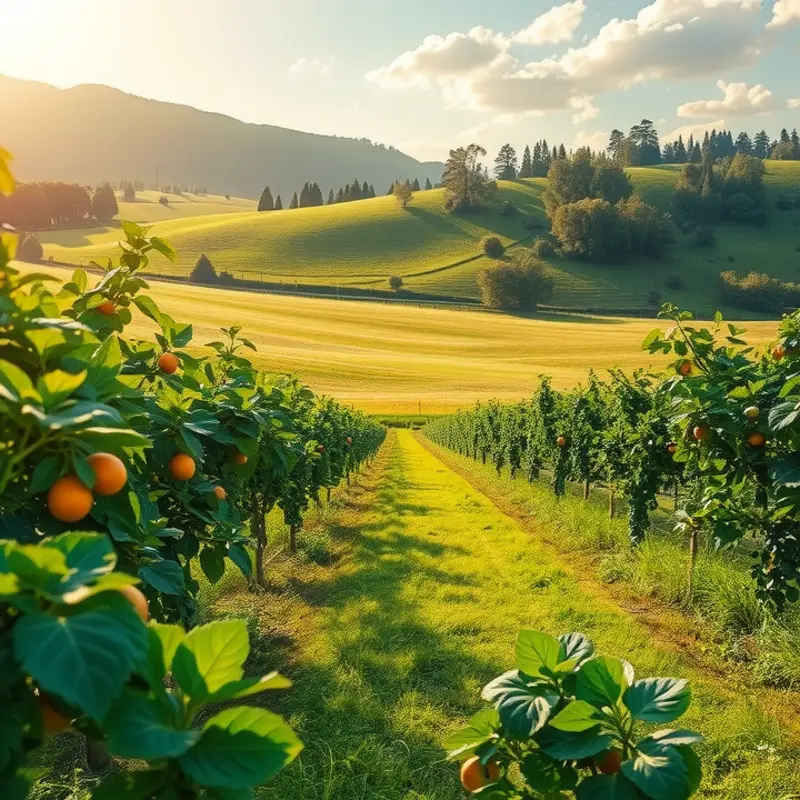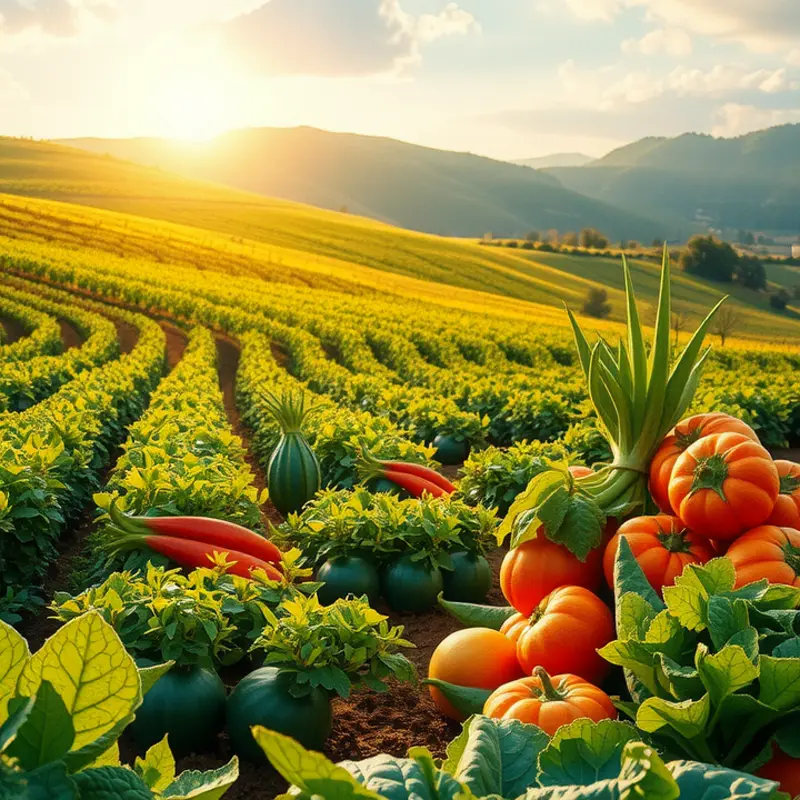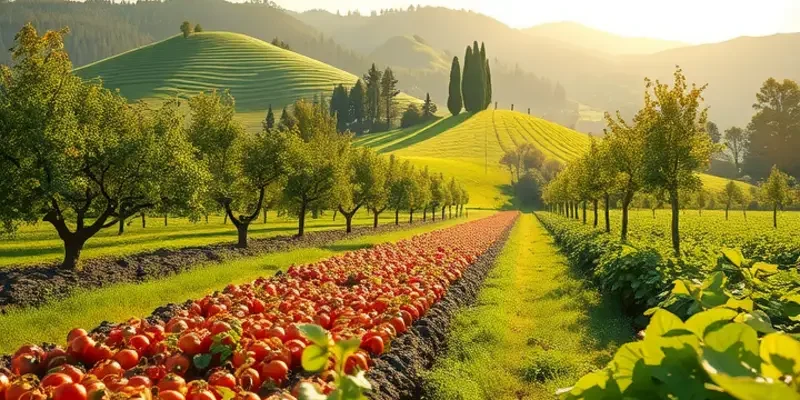Searing a steak to perfection elevates the dish into a gourmet experience. Whether you’re a beginner or a seasoned cook, unlocking the secret to that beautifully caramelized crust is vital for savory flavors and textures. In this guide, you’ll discover uncomplicated techniques and essential tips for achieving a perfect sear on your steak every time. Grab your apron as we dive into the skill of steak searing!
Choosing the Right Cut and Preparing Your Steak

Selecting the perfect cut of steak is the cornerstone of achieving the ideal sear. The journey to a mouthwatering steak begins at the butcher’s counter or meat section, where each cut offers a distinct character and flavor profile. Whether you prefer a robust ribeye or leaner filet mignon, understanding these differences is key to making an informed choice.
Know Your Cuts
Ribeye, with its rich marbling, promises a juicy outcome and is renowned for its beefy flavor. Conversely, filet mignon, sourced from the tenderloin, is leaner and softer in texture. For those who enjoy big flavors and a slight chew, consider the New York strip. Sirloin offers an economic yet flavorful option, though it benefits greatly from careful preparation. Understanding these characteristics will guide you to the right choice for your palate and budget.
The Importance of Marbling
The presence of marbling, the white flecks of fat interspersed within the muscle, plays a crucial role in flavor and tenderness. Cuts with higher marbling tend to be more flavorful and remain juicy during cooking. Hence, opting for a cut with abundant marbling, like a ribeye, might be ideal for that perfect sear. However, if you are seeking a leaner dish, choose a cut with less marbling and prepare to adjust your cooking technique to maintain moisture.
Preparation Steps
For a perfect sear, proper preparation is essential. First, ensure your steak is at room temperature before cooking. This promotes even cooking and a more consistent sear. Remove the steak from the refrigerator at least 30 minutes prior to cooking. Pat the steak dry with paper towels to remove excess moisture, ensuring a better crust. Season it generously with salt—this draws out moisture from the surface, aiding in achieving that desirable crust. Add pepper or other spices to your liking, but do so just before cooking to avoid burning.
For those interested in sustainable cooking practices, storing beef correctly can reduce waste. Consider adopting eco-smart kitchen storage techniques to ensure your steak remains fresh until you’re ready to cook.
Tools of the Trade
Invest in a reliable meat thermometer to monitor the internal temperature of your steak. This tool helps avoid overcooking and achieves the desired doneness, whether rare or well-done. A heavy-bottomed skillet, ideally cast iron, is essential for even heat distribution, sustaining high heat to create the perfect crust without burning.
By carefully selecting your steak cut and preparing it with these steps, you set the stage for an exemplary sear. This foundation of preparation not only enhances flavor but also elevates the overall dining experience. Whether you choose a marbled ribeye or a finely trimmed filet, mastering these early stages will pave the way for steak perfection.
Mastering the Searing Technique

The key to a perfect steak sear lies in balancing temperature, timing, and technique with precision. To begin, ensuring your steak is at room temperature is crucial. This step allows for even cooking and a more predictable doneness. Cold meat will drastically lower the temperature of your pan, affecting the sear.
Temperature is Everything
A high temperature is essential for achieving that desired crust. Use a heavy-bottomed pan, such as cast iron, which retains heat remarkably. Preheat your pan until it’s smoking hot. This is your signal that the steak can be added, initiating the Maillard reaction, which browns the meat and enhances flavor.
Add a small amount of high smoke-point oil, like canola or grapeseed. When the oil shimmers, gently lay your steak in the pan. Be cautious not to overcrowd the pan as this could trap excess moisture, preventing a crisp crust.
Timing is Critical
Timing relies heavily on the thickness of the steak. A typical one-inch thick steak usually requires about 3-4 minutes per side over high heat. Resist the urge to frequently flip the steak. Allow it to develop a rich, deep crust before turning.
To test readiness without slicing into the steak, learn the finger test for doneness. Press on the steak’s center; it should mimic the sensation of pressing your cheek (rare), chin (medium), or forehead (well-done).
Secret Techniques Unveiled
Basting is a professional secret that elevates flavor. About halfway through cooking, add a knob of butter, garlic, and herbs like thyme or rosemary to the pan. Tilt the pan towards you, allowing the fats to collect. Spoon these over the steak repeatedly. This technique adds depth and helps develop flavor.
Resting the steak is a final but crucial step. After cooking, place the steak on a warm plate. Tent it loosely with foil and let it rest for 5-10 minutes. Resting ensures evenly distributed juices, resulting in a tender, flavorful bite.
For those seeking additional culinary insights, consider exploring speedy seafood prep techniques. While distinct from steak, mastering diverse cooking methods can bolster your overall cooking expertise.
With each searing attempt, you’ll refine your craft and develop an intuitive feel for each step. Embrace these techniques, and you’ll consistently deliver steaks with a delectable crust and juicy interior, delighting family and friends at any gathering.
Final words
With these clear and practical tips, you now have the tools to achieve a perfect sear on steak every time. From selecting the right cut to mastering your technique, each element is essential in creating a mouthwatering steak that will impress any guest. Practice makes perfect, so don’t hesitate to try these methods with different cuts and cooking times. The journey to becoming a better cook starts at home, and there’s no better way to sharpen your skills than experimenting with searing steaks. Enjoy your culinary adventure, and savor the delicious results!







